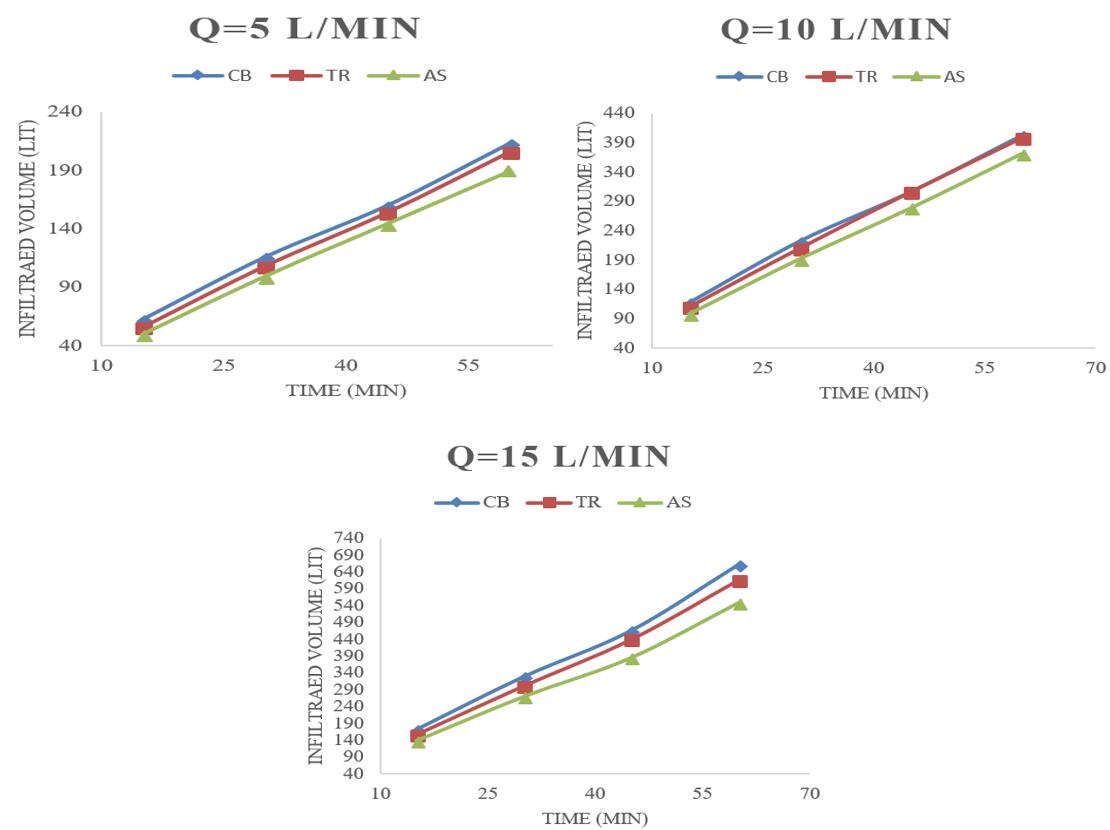Using Travertine in Pervious Pavement to Control Urban-Flooding and Storm Water Quality
Abstract
The conventional methods for controlling urban-flooding are to build raceway networks to transfer flood water away as quickly as possible. However, due to fast increase of urban population, the conventional methods are facing some problems especially when rainfall intensity is higher than design expectation. The main reason for such problems are due to impervious surfaces. Therefore, pervious pavements, such as porous asphalts or pervious concrete blocks, are now recommended to use by environmental engineers. Compared with conventional pavement surfaces, pervious pavements have lots of benefits although they are relatively expensive to build. This paper introduces the mineral rock of Travertine as the materials for pervious pavements, and describes an experimental model to determine the inflation patterns and storm water quality improvement in flood precipitating simulation.
The results indicated that Travertine pavement can not only decrease more than 90%of Copper, Lead and Zinc but also play an important role in urban-flood management with a 50% decrease of storm water.


This work is licensed under a Creative Commons Attribution 4.0 International License.
Copyright for this article is retained by the author(s), with first publication rights granted to the journal.
This is an open-access article distributed under the terms and conditions of the Creative Commons Attribution license (http://creativecommons.org/licenses/by/4.0/).








1.png)














